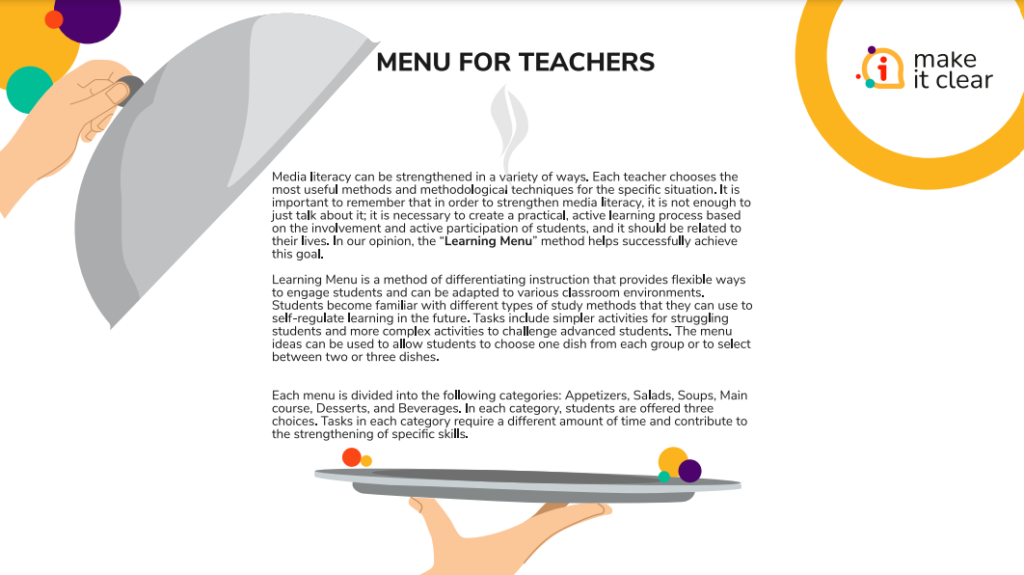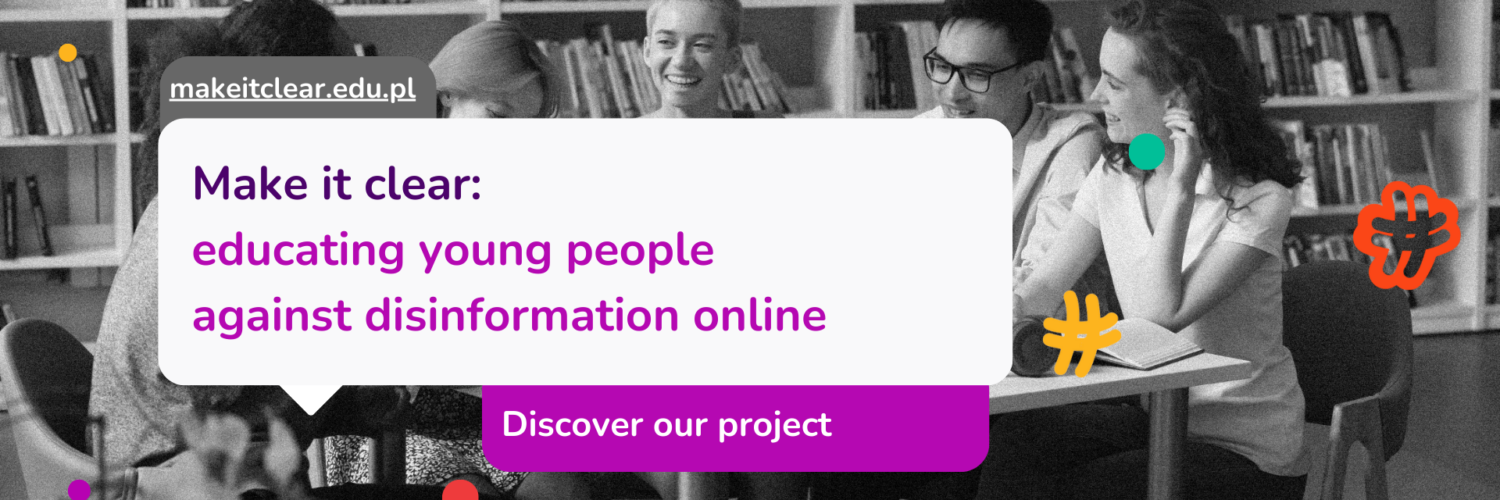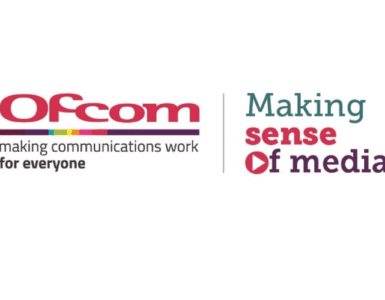by Julia Piechna, NASK, Poland.
New technologies have significantly enhanced communication and socialisation for children globally, making the digital environment increasingly crucial in their lives. This environment offers opportunities for growth, learning, and discovery.
Children and adolescents are avid users of digital technologies. NASK’s study shows that internet usage among young people has consistently increased, with adolescents currently spending an average of 5 hours and 36 minutes online daily, primarily using social networking sites via smartphones (88.8%). The EU Kids Online study also confirms increased smartphone use and online time.
The Surveillance Model of Social Media Platforms
Social media platforms, despite their pivotal role in children’s lives, were not initially designed with children in mind. This exposes young users to numerous threats. Algorithms on these platforms often promote misleading clickbait and harmful disinformation (Gillespie, Tarleton). Amnesty International highlights privacy risks due to the surveillance-based business model of social media, which relies on extensive data collection, storage, analysis, and exploitation. Using machine learning, these platforms can infer users’ moods, ethnicities, sexual orientation, political opinions, and vulnerabilities.
When are children and young people mature enough to think critically?
Experts emphasise that considering children as digital natives does not automatically equate to possessing critical thinking and media awareness. Navigating the complex online landscape effectively demands a level of literacy and maturity that children and young people may not yet have acquired (UNICEF Office of Global Insight and Policy).
According to the theory of developmental psychology, children aged 7-12 have not yet developed cognitive and emotional capacity, as well as the necessary skills, to distinguish between reliable and unreliable information. Consequently, they are particularly susceptible to harmful persuasion, post-truth, manipulation, or mis/disinformation (M. Reuter). Critical thinking skills typically mature in late adolescence, reaching full development in the subsequent years, which may extend up to the age of 25.
How children evaluate online content – the scale of the phenomenon
One-third of children aged 8-17 (32%) trust most content they encounter on social media (Ofcom, 2023). A 2020 Vodafone study found that 76% of individuals aged 14–24 encountered online mis/disinformation weekly. NASK’s 2023 study shows that 52.9% of Polish children verify online content credibility, and 49.9% assess the credibility of social network profiles.
Children often face negative experiences online. The EU Kids Online 2020 report found that 7% to 45% of children in comparable countries were upset by online content, with hate messages being the most frequent harmful content among those aged 12-16 (Average = 17%).
A UK study revealed that only 2% of children possess critical literacy skills to discern news authenticity. Additionally, 60% of teachers believe fake news negatively impacts children’s well-being, leading to anxiety and a skewed worldview (National Literacy Trust, 2018). Fake news influences cognitive processes, affecting perception, attitudes, and decision-making (J. Strelau).
Young people’s vulnerability to negative online messages is linked to their internet usage patterns. Social media, heavily used by teens, significantly shapes their opinions and well-being. A U.S. study found that individuals aged 13 to 17 get news more frequently from social media or YouTube than from news organisations (Common Sense Media, 2019).
Media Education from a young age
An important direction of the digital transformation in the European Union is “providing opportunities to all children and young people to acquire the necessary skills and competences, including media literacy and critical thinking, in order to navigate and engage in the digital environment actively, safely and to make informed choices”.
The rapid advancement of modern technologies, particularly artificial intelligence, capable of more effectively imitating reality, signals the likelihood of further evolution in online misuses and harmful practices, including mis/disinformation, exposure to age-inappropriate content, and dissemination of misleading information, as well as online surveillance and tracking user behaviour for financial gains.
Comprehensive media education for children is crucial to mitigate potential threats and support their development in the digital environment. It enables safe navigation online, critical evaluation of content, and strengthens emotional resilience and media literacy. Educational activities should raise awareness of media content’s impact on emotions, values, and well-being. Additionally, it is vital to develop children’s social and emotional skills for safe and conscious online consumption, coping with information overload and stress. Education on disinformation and false content is essential.
Building a Safe Online Environment

Building a safe online environment requires increased public awareness, media education, and cooperation nationally and internationally. Since 2022, a consortium including NASK from Poland, the Latvian Internet Association, and Save the Children Romania has been enhancing media competencies in children. Their EU project “Make It Clear – educating young people against disinformation online” provides educational tools in five languages for teachers and educators. These resources include e.g. 16 lesson modules for ages 11-13 and 14-17, teaching materials based on the MENU method, and an educational board game ”Digital Brainiacs”. More information is available at www.makeitclear.edu.pl.


Author
Julia Piechna, Manager Social Projects and International Cooperation Team, NASK, Poland.














